Picture courtesy of Shirokazan, via Flickr Creative Commons.
Everything You Need to Know About Different Pedestrian Crossings
Pedestrian crossings are among the many road rules you need to learn when you’re first learning to drive. In the UK we have a total of five different types of crossings:
- Zebra
- Pelican
- Puffin
- Toucan
- Pegasus
There are also some additional ones thrown in for good measure. When you come across these on the road you need to be able to navigate your way through them confidently and without becoming overwhelmed.
In this guide you’ll learn about the different pedestrian crossings and what you need to know as a driver.
Types of Crossings
Let’s jump straight in with the top five types of pedestrian crossings you will find on UK roads, all named after animals.
Zebra Crossing
A zebra crossing is easy to spot because of its black and white stripes that form a path across a road and the flashing yellow Belisha beacons at either side of the road. You might have fond memories of attempting to jump from one white stripe to another as a child, whilst your mum desperately tried to drag you across the road and out of harm’s way.
Advice for learner drivers
Unlike other crossings pedestrians have priority at Zebra crossings. There are no traffic lights, only the Belisha beacons. So as a driver approaching a Zebra crossing you must be on the lookout for pedestrians who are potentially about to use the crossing. Equally pedestrians must be sure that the approaching driver has spotted them before they attempt to cross. If there is a pedestrian waiting to cross you need to apply the mirror signal manoeuvre routine and must stop or slow down in order to allow them to cross. When stopping ensure you do so before the dotted white line. On the approach to the Zebra crossing you’ll see white zigzag lines. You should not park your vehicle here under any circumstances and not overtake within the zigzag area. This is a very common road crossing that you will quickly become acquainted with.
Pelican Crossing
Pelican crossings use buttons, lights and sounds to allow pedestrians to cross the road safely. Pelican is short for Pedestrian Light Controlled Crossing. These crossings do exactly what they say on the tin – the pedestrian presses a button, traffic is brought to a stop by traffic lights and the pedestrians are signalled to cross by a signal on the opposite side of the road. These types of crossings are usually found in busier, heavily populated areas.
Advice for learner drivers
On approaching a Pelican crossing you’ll see white zigzag lines to indicate a crossing, you’ll also notice metal railings along the side of the road. These are designed to discourage pedestrians from crossing outside of the designated Pelican crossing. Drivers should look to see whether there are pedestrians waiting at either side of the road. Apply the mirror signal manoeuvre routine then be prepared to stop as the traffic lights may turn red shortly.
As a driver you’ll see a combination of traffic light sequences at these crossings. To help we’ve popped below what each means:
- Red traffic light: You must stop behind the solid white line if the traffic light is red. Crossing over the line ever so slightly could result in failing your driving test or three penalty points and a fine thanks to traffic light cameras.
- Amber traffic light: If the amber light is continuously illuminated (not flashing), be prepared to stop. Driving through an amber light is only acceptable if you have already crossed over the stop line as it changes or if stopping is dangerous, for example bad weather or higher chance of an accident.
- Flashing amber traffic light: Before you get the green light you’ll see a flashing amber light. This means you, as a driver, need to give way to any pedestrians who may still be using the crossing. However if the crossing is completely clear then you may proceed.
- Green traffic light: Green means go! Always look before proceeding though to make sure that there are no pedestrians or other cars in the way.
Puffin Crossing
The puffin crossing is the smarter, younger sister to the Pelican crossing. Puffin is short for Pedestrian User Friendly Intelligent crossing. They operate in a very similar way to the Pelican crossing, however they are fitted with smart sensors. These can tell when the crossing is clear to release the traffic with a green light, or when a pedestrian may be taking longer to cross the road and so can hold the traffic at a red light a little longer. The other difference is the signal to tell pedestrians when it is safe to cross is actually beside them, rather than the opposite side of the road to them.
Advice for drivers
As with the Pelican crossing, ensure you look out for pedestrians waiting to cross. Apply the mirror signal manoeuvre routine and be prepared to stop if the button has been pressed and there are pedestrians waiting around at the crossing. Although similar to a Pelican crossing, Puffin crossing lights do not utilise the flashing amber traffic light. They operate just like a normal traffic light. It’s possible that a pedestrian will cross at a strange angle and not trigger the sensor so always be on the lookout for pedestrians at a Puffin crossing.
Toucan Crossing
Toucan crossings are designed so both pedestrians and cyclists can safely cross a road side-by-side – two can cross, geddit? Apart from the addition of a cyclist crossing they are almost identical to Puffin crossings. They are slightly wider in order to accommodate both pedestrians and cyclists together. Toucan crossings are generally only found close to parks or where cycle lanes are present.
Advice for drivers
As you would with a Pelican or Puffin crossing keep an eye out for any pedestrians or cyclists who are waiting to cross the road, apply the mirror signal manoeuvre routine and be prepared to stop should the lights change. The amber flashing light feature is not used at Toucan crossings and traffic lights operate like normal. Be aware of any cyclists who may make a dash across the road as the lights change.
Pegasus Crossing
Also known as an Equestrian Crossings, Pegasus crossings are designed for pedestrians and horses to cross the road safely together – yes, really. Similar to the Toucan crossing, however these are the least common type of pedestrian crossing you’ll see in the UK. Pegasus crossings tend to be located near race courses or horse training areas, and even feature an additional button raised two metres above the standard button for riders to reach easily.
Advice for drivers
At a Pegasus crossing you’re going to encounter horses, so avoid revving your engine and sudden movements which may startle the horse and cause an accident. Make sure you leave plenty of room between your car and the crossing for the horses to cross the road safely and peacefully. At a Pegasus crossing there is no flashing amber light and the traffic lights will operate like normal. Ensure the horse and rider have completely cleared the crossing before moving off, and when you do so move slowly so not to startle the horse.
Additional Pedestrian Crossings
As well as the above five crossings here are some others you may come across during your day-to-day driving.
School Crossing
This is a very important pedestrian sign to know. When approaching a children crossing sign, or school crossing, always stop when a school crossing patrol officer steps into the road. You might notice a flashing amber signal when approaching a school crossing. Always drive slowly until you have passed the crossing and use extreme caution as children can be unpredictable.
Pedestrian Refuge
This is a crossing where pedestrians have a refuge to stop in the middle of the road and are protected by the refuge. A pedestrian refuge crossing enables pedestrians to cross the road in two halves. It is recognised by a white Belisha beacon.
Advice for drivers
At a Pedestrian refuge assess for pedestrians who may be waiting on the side of the road and within the refuge area. Apply the mirror signal manoeuvre routine and be prepared to stop.
When it comes to learning all the different pedestrian crossings, just remember that these crossings are designed to be a safe place for pedestrians to cross. Always approach a pedestrian crossing with safety in mind. Avoid waving on a pedestrian as you cannot guarantee that other drivers will also stop for them – even at Zebra crossings. Simply follow the rules of the road and be considerate to those attempting to cross a road in the safe, designated crossing points.

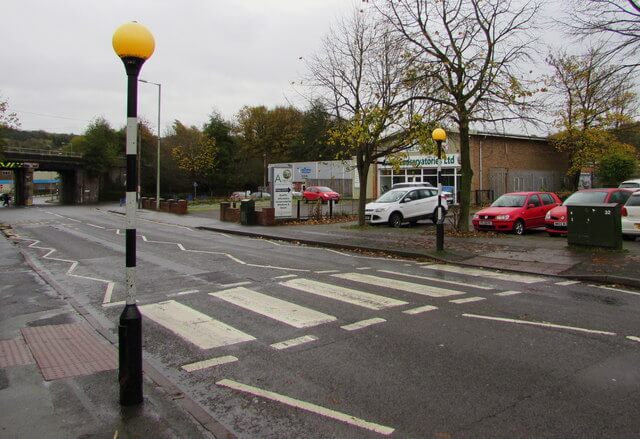
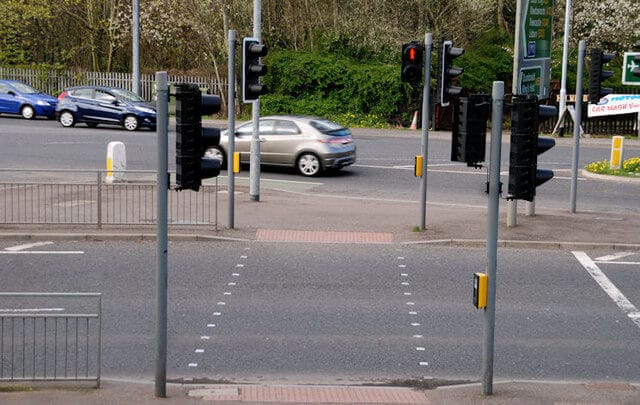
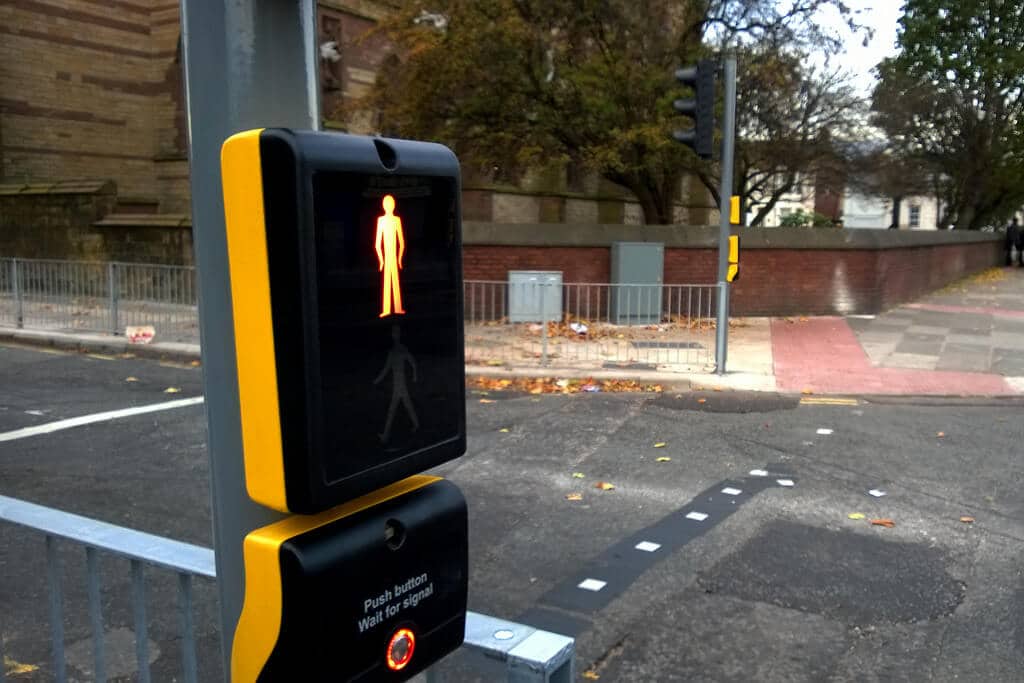
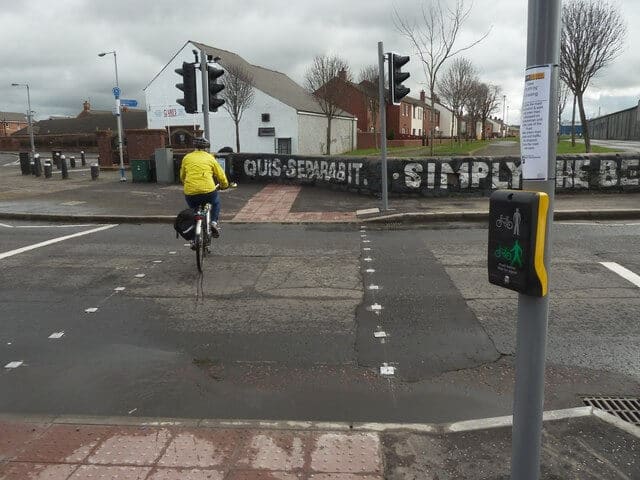
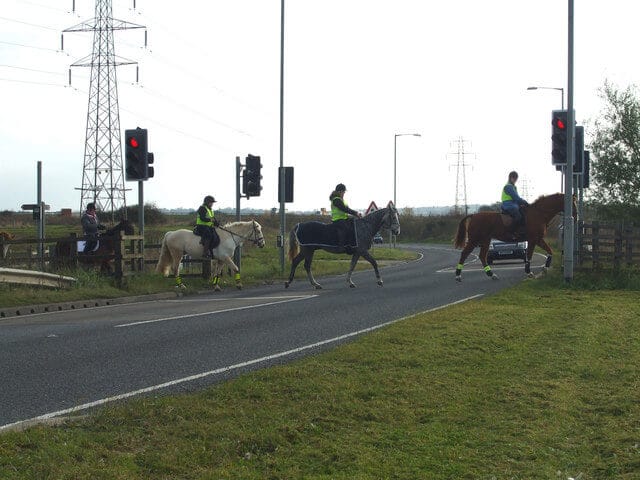
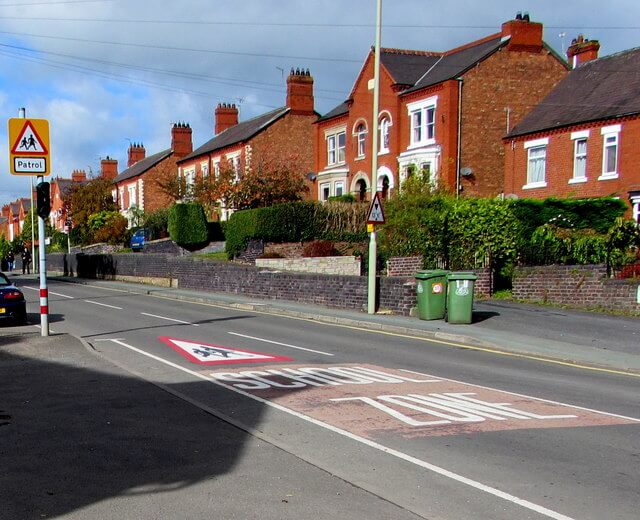
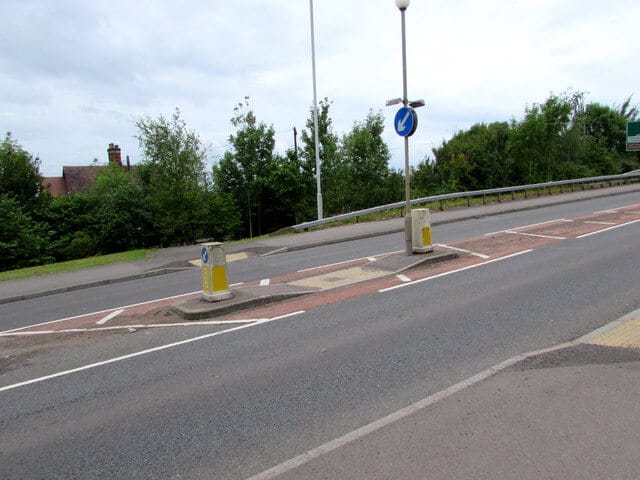
3 Comments
If read and read each crossing but my brain still can’t recognise different crossings unless they are physically in front of me . .
very impressive ….good teaching.Thank you
I found this very easy to understand, explained in a really simple way, thankyou